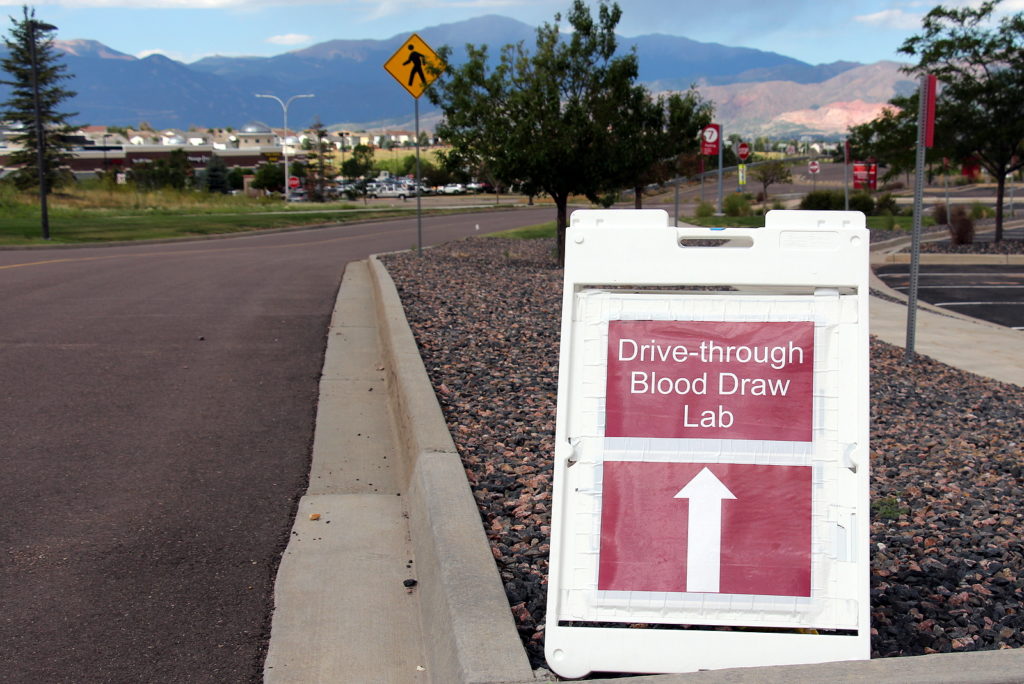New Science: Drive-Through Phlebotomy Labs
The recent global health pandemic has changed a lot about the way health care providers treat and care for their patients. One of the most innovative adaptations is the appearance of drive-through phlebotomy labs that are popping up in different areas of the country.
What Is a Drive-Through Phlebotomy Lab?
While not yet common, these new drive-through labs have been borne mostly from necessity. They give both patients and phlebotomists an extra level of protection from the spread of infectious diseases, like the one caused by the SARS-CoV-2 virus.
If you’re unfamiliar with the concept of a drive-through lab, picture this — a small, simple kiosk where patients roll up in vehicles and stick their arms out the window for blood draws. Minimal contact takes place between both parties, and there’s no long wait in a crowded waiting room for service to take place. In addition, there’s fresh, outdoor air between care provider and patient, minimizing the chances for exposure.
Advantages of Drive-Through Phlebotomy
The advantages to this new type of treatment are multiple for both care providers and patients:
- Patients who were previously too afraid to report to a lab for blood draws can now have their blood taken quickly and easily without ever leaving the comfort of their vehicle.
- Risk of exposure to COVID-19 is minimal, as patients are exposed to only one individual who is wearing personal protective equipment (PPE) to minimize transmission.
- Drive through windows may be able to accommodate both drivers and passengers.
- Multiple lanes allow several vehicles to receive service at the same time.
What Drive-Through Labs Mean for Phlebotomists
As a phlebotomist, working in a mostly outdoor environment provides an extra layer of protection beyond PPE. Contact with patients is minimal, and there’s no need to police waiting patients to ensure they’re maintaining safe proper distances.
On the negative side, drive-through kiosks are, for the most part, still temporary. This means they may be constructed of tent or canvas materials that provide little protection from heat, cold, and extremes of weather. Working in these conditions may be less comfortable than working in an air-conditioned office. However, the risk of exposure to dangerous pathogens is greatly reduced.
As a phlebotomist, you may have a pretty set idea of what you’ll encounter on a day-to-day basis. But the increasing popularity of pop-up labs proves that nothing is set in stone. The field of health care, especially, can be expected to grow and transform with the progression or submission of the coronavirus disease. And as a health care professional, you must adapt along with it. It’s good to remember that what’s common procedure today may be an unworkable solution tomorrow. Are you up to the challenge?
